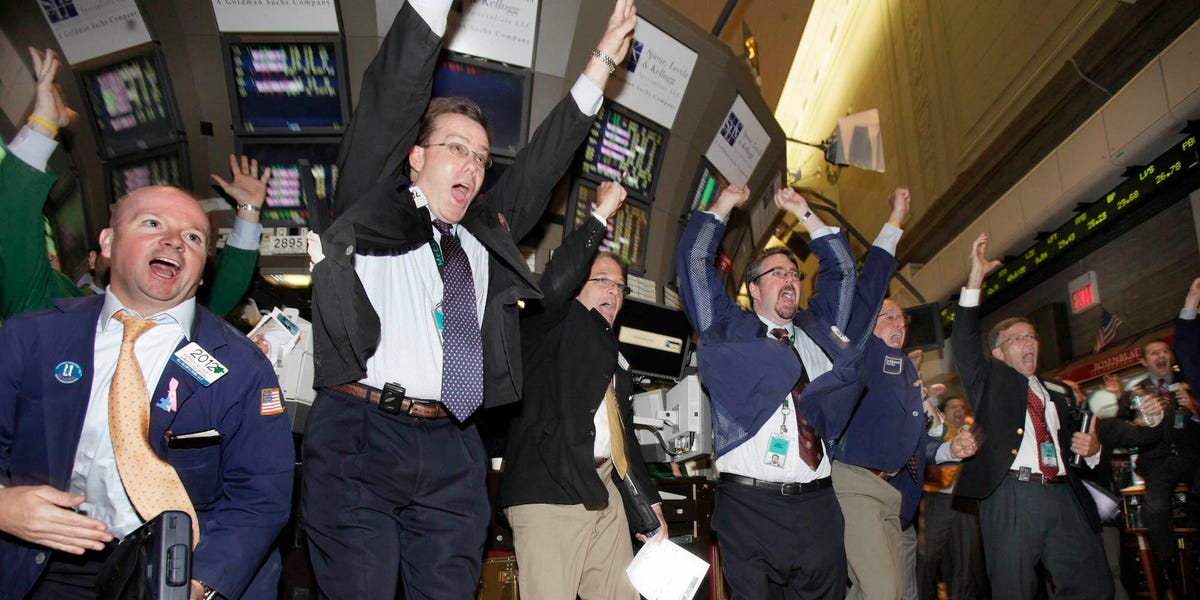After a weak few months of job growth, investors are banking on rate cuts from the Federal Reserve at their September meeting, and history shows cuts could be like rocket fuel for stocks in the months that follow.
LPL Financial recently conducted an analysis of how stocks have performed from the first rate cut in a rate-reduction cycle until the eventual start of a new hiking cycle.
On average, the S&P 500 has returned 30.3% during the nine periods when rates have been on the decline since 1974. The median return during those periods was 13.3%. Returns have been positive in six of those nine cycles.
“Using history and prior Fed cutting cycles as a guide, some upside potential may remain for the second half of 2025,” Jeff Buchbinder, LPL’s chief equity strategist, said in the August 5 report. “But of course, past performance does not guarantee future results, and a new tariff regime not seen since the 1930s could slow earnings growth and fuel volatility.”
The largest market surges came in the lead up to the dot-com bubble, when the S&P 500 rose 161% from 1995 to 1999, the analysis showed. Other big gains included 62.8% from 1984 to 1993, and 38.2% from 2019 to 2021.
But rate cuts aren’t always a tailwind, especially during recessionary periods where the Fed acts too late. The market fell 23.5% during the 2007-2009 rate-cutting cycle, and from 2001-2004, the S&P 500 dropped 9.6%.
This time around, Buchbinder said it’s not a sure thing that rate cuts will be a boon for stocks, with ebullient investor sentiment having pushed up the market to new highs despite uncertainty remaining about the health of the economy. The market has also risen 12% already since the Fed’s first cut of the cycle last September.
Related stories

Business Insider tells the innovative stories you want to know

Business Insider tells the innovative stories you want to know
“The delayed effects of trade policy are likely to weigh on the economy in the second half, leading to weaker labor market demand,” Buchbinder wrote. “Recent market complacency toward trade policy and an economic narrative dependent upon strong economic data has caught our attention in recent weeks as a potential point of weakness.”
It’s also not a guarantee the Fed continues to ease policy in the months ahead. Economists at Morgan Stanley and Bank of America both see the central bank keeping rates steady for the rest of 2025 despite CME FedWatch data showing investors pricing in 93.2% odds that the Fed cuts in next month.
Given the apparent heightened levels of risk at the moment, Buchbinder said a conservative approach could be the best way forward in the near term. The firm likes growth stocks, large caps, and the financials and communication services sectors, he said.
“Bottom line, investors may be well served by bracing for occasional bouts of volatility given how much optimism is currently reflected in equity prices,” Buchbinder said.
The firm’s short-term asset allocation committee “advises against increasing portfolio risk beyond benchmark targets currently and continues to monitor tariff negotiations, economic data, earnings, the bond market, and various technical indicators to identify a potentially more attractive entry point to add equities on weakness,” he added.

